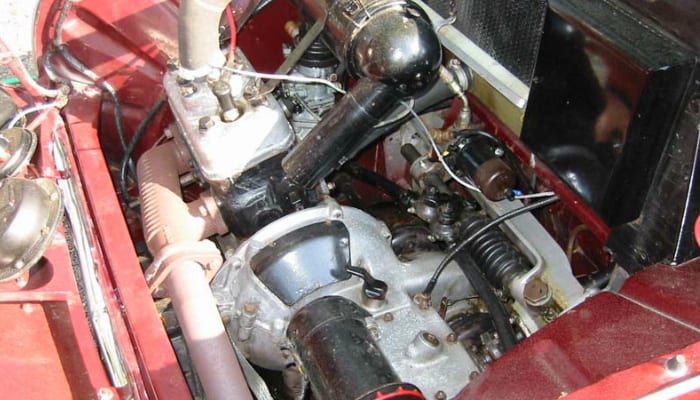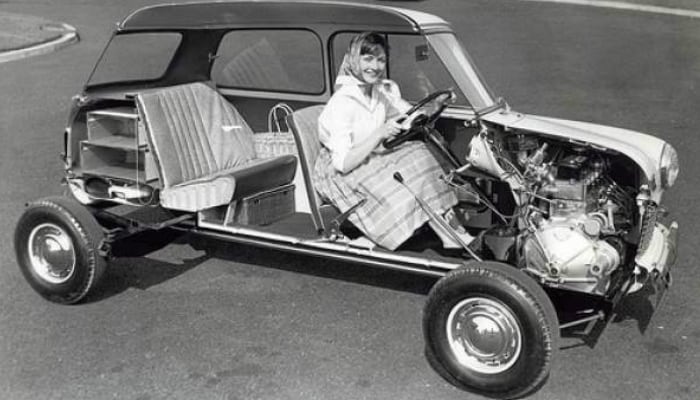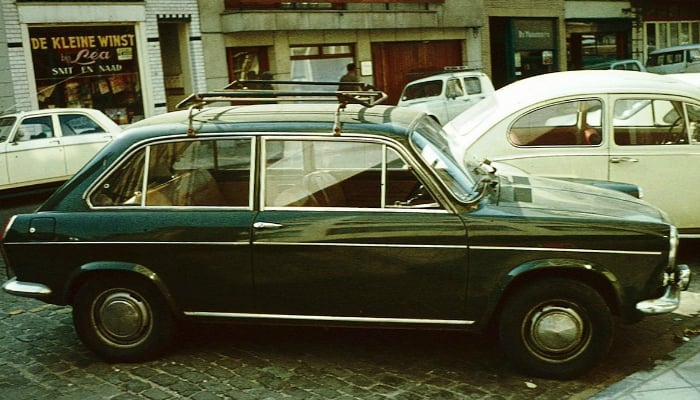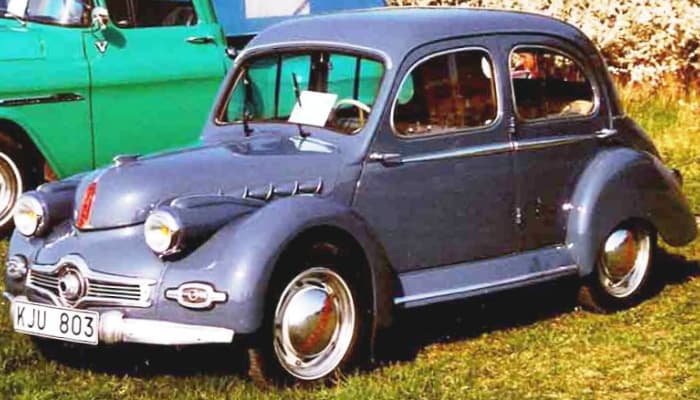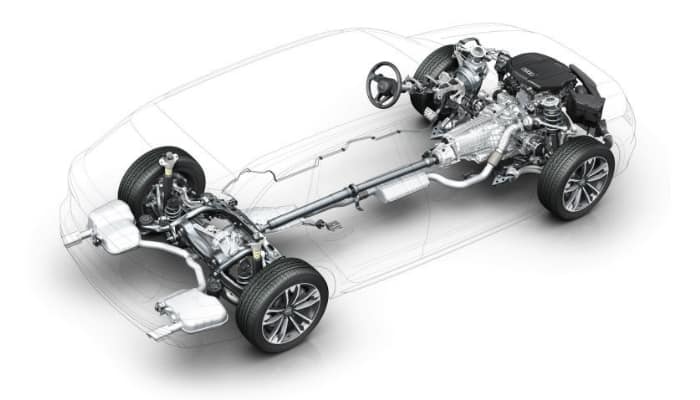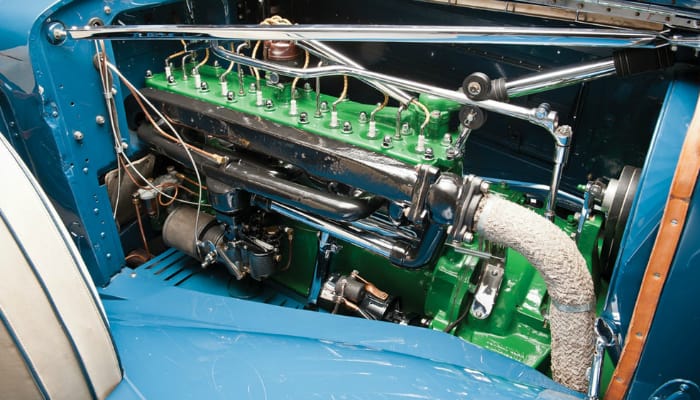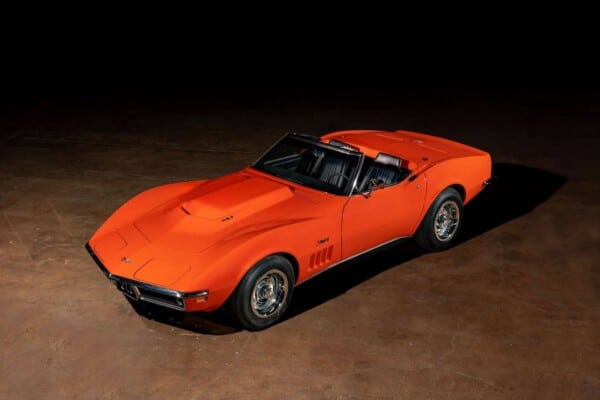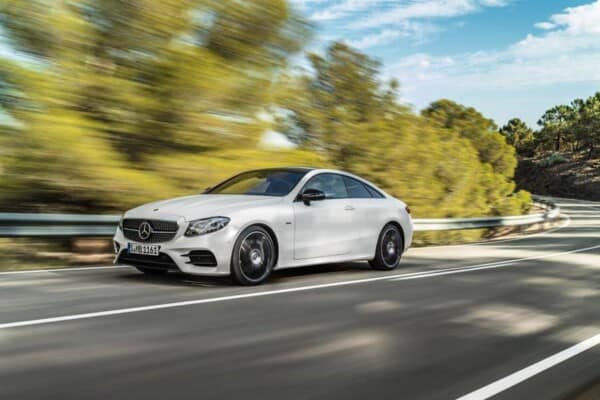Commonly known as FWD, front-wheel drive is a type of transmission and engine arrangement for motor vehicles. It specifically refers to how the engine controls the front wheels alone. Most of the time, it highlights a transverse engine instead of the traditional longitudinal engine layout. The latter is more popular for four-wheel and rear-wheel drive vehicles. Still hazy about our warm-up answers to the question “What is front-wheel drive?” Then, proceed to learn more about FWD.
Types
Through the years, three major categories emerged based on this engine setup. Find out what they are!
Transversely Mounted
The DKW Front F1 was the first known front-wheel drive car that has a transverse engine. It was created in 1931. It contained an engine that was a twin cylinder two-stroke.

Saab eventually copied the design, leading to the launch of the Saab 92.

When it comes to cars with a transversely mounted four-cylinder inline water-cooled engine, we have the 1959 Mini of Issigoni, Allegro, Austin 1100/1300, Maxi, Renault 14, Peugeot 104, and Datsun 100A (Cherry). This type of arrangement places the transmission under the crankshaft, specifically in the sump. Meanwhile, the transfer gears transmit the power.

A transversely mounted two-stroke twin-cylinder engine like the DKW can also be applied in city and kei cars. One example is the Suzuki Suzulight in 1955 inspired by the German Lloyd LP400.

Some cars such as the Fiat 127, Fiat 128, and the 1964 Autobianchi Primula by Dante Giacosa have the transmission beside the transversely installed engine. These vehicles usually double back the drivetrain to have the transmission right in the front of the differential. That leads to irregularly shaped driveshafts to the wheels because one side is longer than the other. The effect is accumulating the weight slightly before the wheels. This overall arrangement has become popular all over the world.

Longitudinally Mounted
Jean-Albert Grégoire’s Panhard Dyna X in 1946 had an engine that was installed longitudinally before the front wheels and the transmission. Regarding the differential, it was located in the back part of the assembly. The disadvantage of this design is poor weight distribution. Still, Panhard ensured that its air-cooled flat twin engine was extremely lightweight and mounted all the way down with a low center of gravity. The same thing goes with Citroёn 2CV, Lancia Fulvia and Flavia, the German Ford Taunus 12M, the first and second generation of Toyota Tercel, and FWD vehicles of Subaru and Audi.

Starting 1966, vehicles such as the Buick Riviera, Cadillac Eldorado, Oldsmobile Toronado, Saab 900, and Saab 99 started having the “side-by-side” design of the transmission and engine. They also had a heavy-duty chain to transmit power between the two parts. Meanwhile, their driveshaft passed below the engine sump.

Nowadays, Audi is the most popular user of this arrangement since the 1950s. The system is specifically applied to the bigger models such as the A4. The MLB platform of Audi tried to solve the problems associated with improper weight distribution. A solution was to have the clutch behind the differential to move the axle line forward to coordinate with the engine block’s rear.

Mid-Engine
The first FWD was not exactly called front-wheel drive. It was known as the mid-engine front-wheel-drive layout or MF. The earliest type of FWD arrangement had the wheels in front of the longitudinally installed engine. On the other hand, the transmission was far from the engine’s front part while the differential was all the way in front of the vehicle. This results in the engine’s inconvenient location at the back of most components.

The downside of the engine’s location was the extremely uneven weight distribution of cars such as the Cord L-29. How exactly? The vehicle’s driven wheels did not have excellent handling and traction because they could not carry a big part of the weight. Fortunately, the Citroёn Traction Avant in 1934 solved this problem by having the transmission in front and the differential in the middle. Even though the engine stayed behind the two components, the car had a low unibody construction for easier handling.
Modern Generation FWD
Since the 1990s, FWD just keeps on having innovations because of the new car models using this arrangement. Nowadays, transversely installed engines are the most popular for FWD vehicles. Other usual features to go with this engine design are cooling fans that operate electronically, driveshafts connected through constant velocity or CV joints to drive the front wheels, and a transmission arrangement using the so-called “end-on” mounting.
For more specific changes related to FWD, Volvo Cars changed most of its car models to front-wheel drive after it launched the 900 series. The main reason stated by the company’s Swedish engineers is all about safety. The explanation was that the transversely installed engines promote a bigger “crumple zone” in case of head-on collisions.
After the phaseout of the Ford Panther platform, Ford vehicles including the Transit Connect van are now FWDs.
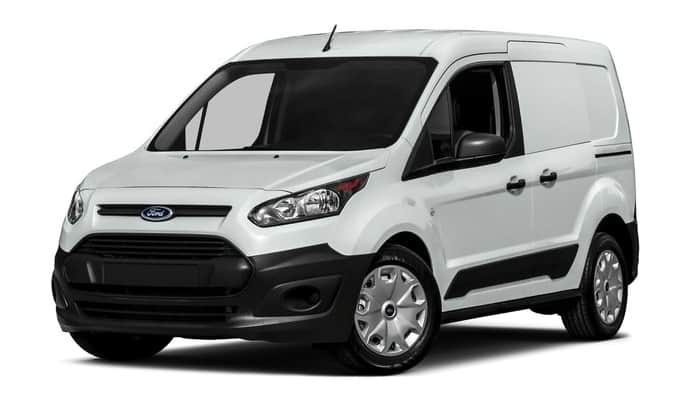
However, American car manufacturers still prefer their big models to have the RWD. Examples of larger car models are the Cadillac vehicles and the Chrysler 300. In the past though, RWD was very rare in the 1990s North America. All vehicles of Chrysler were FWDs.
In 1996, General Motors phased out its B-body line design. Its only rear-wheel drive vehicles were the sports cars Corvette, Firebird, and Camaro. In the early 2000s, the Cadillac Catera and the Chevrolet Corvette were the only RWDs by GM until the company launched the Sigma platform.
Common reasons why most automobile companies resort to the FWD instead of the RWD are smaller, cheaper and more fuel-efficient drivetrains, less demand for horsepower, more traction, and less weight.
What Is Front-Wheel Drive?
In summary, the front-wheel drive or FWD is a type of arrangement focusing on the engine and transmission. The engine gives all of its power to the front wheels. FWD’s exact opposite is the rear-wheel drive or RWD. The three major types of FWD are transverse, longitudinal, and mid-engine mounting. Their differences heavily rely on which is the older and the newer one. Since the 1990s, most car models use FWD. RWD is a more special arrangement for some vehicles.
On the other note, in choosing a quality tire, you may check out our take on the best all-season tire.



